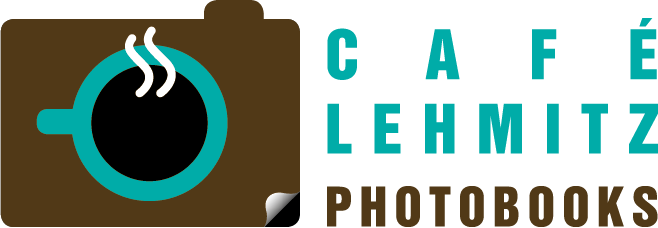About the Czech photographer, Jindřich ŠTREIT (b. 1946)
Jindřich ŠTREIT is a photographer and pedagogue known for his documentary photography. He concentrates on documenting the rural life and people of Czech villages. He began taking photographs in 1964, during his studies at the Pedagogical Faculty of Palacký University in Olomouc and documented the everyday events and life of Czech villages under the communist regime. In the late 1970s, he's approach to photography began to change. He studied at the Institute of Art Photography in Brno and graduated from the Institute with a cycle of theatrical photography. The visible criticism of the existing living conditions led to a publication ban in the 1980s. The photography theorist Anna Fárová managed to include his works in the exhibition '9 + 9', visited by Henri CARTIER-BRESSON, who documented his installation and published his photos in the French newspaper Le Monde. In 1989, after the Velvet Revolution and subsequent democratization of Czech society, ŠTREIT was rehabilitated and allowed to take photographs without limitations.
Photo books by Jindrich ŠTREIT (a selection)
'Village People. 1965-1990' (2020); 'Tschechische Fotografie des 20. Jahrhunderts' (2009); 'Europeans' (2009); 'Photographs' (2006); 'The Gate of Hope' (2000); 'Der Hof. Land-Bilder' (1995); '14 regards sur le district de Saint Quentin ' (1992)

 Deutsch
Deutsch
 English
English